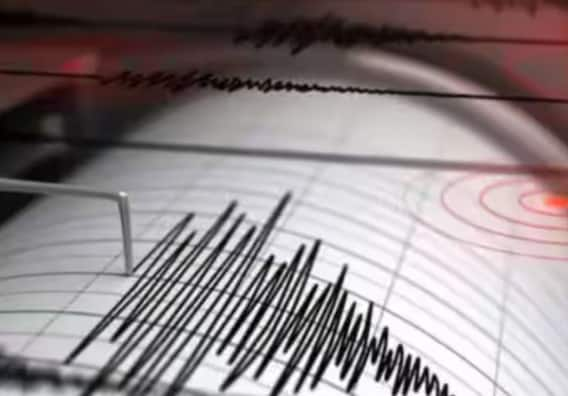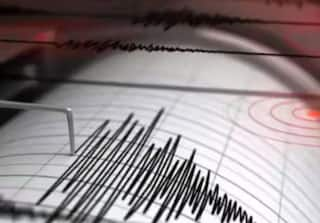Rising Pollution in Delhi, What’s Fueling the AQI Surge? | ABP News
The rising pollution levels in Delhi have become a growing concern, with the city's Air Quality Index (AQI) consistently reaching hazardous levels in recent weeks. Various factors are contributing to this surge in pollution, impacting the health and well-being of millions of residents. One major cause is the seasonal stubble burning in neighboring states like Punjab and Haryana, which leads to a significant increase in the presence of particulate matter (PM 2.5) in the air. The smoke from these fires drifts into Delhi, exacerbating the already deteriorating air quality. In addition to stubble burning, vehicular emissions, industrial pollution, and construction activities are also key contributors to the city's pollution woes. The winter season further intensifies the issue, as cooler temperatures trap pollutants close to the ground, preventing their dispersion into the atmosphere. This phenomenon leads to a sharp rise in smog, making the air thick and hazardous to breathe. The increase in pollution levels has serious health implications, especially for vulnerable groups like children, the elderly, and individuals with pre-existing respiratory conditions. The government has been taking steps to address the issue, including implementing restrictions on construction and industrial activities, promoting cleaner technologies, and urging residents to reduce vehicle emissions. However, tackling Delhi’s pollution requires coordinated efforts from multiple stakeholders, including state governments, the public, and industries, to make meaningful progress in improving air quality.





Top Headlines
Trending News


















































